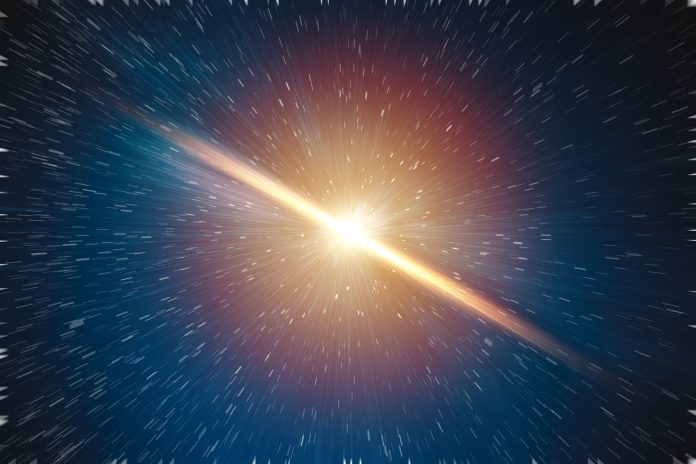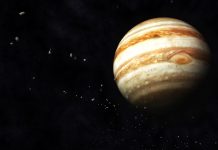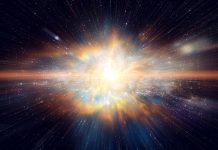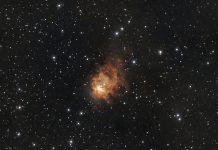Scientists have unravelled the mystery surrounding hydrogen-poor supernovae, cosmic explosions that can outshine entire galaxies
Assistant Professor Ylva Götberg from the Institute of Science and Technology Austria (ISTA) played a crucial role in identifying the missing precursor star population, shedding light on a phenomenon that has puzzled astrophysicists for years.
Hydrogen-poor supernovae
Supernovae, stellar explosions of immense brightness, are pivotal in shaping our universe. Hydrogen-poor supernovae, in particular, have posed a significant challenge to scientists, who have struggled to identify their precursor stars.
ISTA Assistant Professor Ylva Götberg, alongside Maria Drout from the University of Toronto, unvailed this cosmic enigma.
Binary star systems
Götberg and Drout researched binary star systems, where two stars orbit each other. Like the famous Sirius binary system, these systems are key to understanding the elusive hydrogen-poor supernovae. The scientists concluded that massive binary systems could give rise to stars with hydrogen-poor envelopes through a process known as envelope stripping by a companion star.
Their study revealed a population of stars consistent with the expected characteristics of intermediate-mass helium stars, the missing link in understanding hydrogen-poor supernovae. Before their work, only one star, known as “Quasi-WR” or “Almost Wolf-Rayet,” met the criteria.
Fitting the profile of intermediate-mass helium stars
Götberg and Drout, through UV photometry and optical spectroscopy, identified 25 stars in the Large and Small Magellanic Clouds that fit the profile of intermediate-mass helium stars.
The researchers demonstrated that these stars exhibited unique characteristics, such as being bluer than the stellar birthline, indicating a commonality among interacting binary stars. Strong ionised helium lines in their spectra confirmed the dominance of helium in their outer layers and exceptionally high surface temperatures.
“This work allowed us to find the missing population of intermediate-mass, stripped helium stars, the predicted progenitors of hydrogen-poor supernovae. These stars have always been there, and there are probably many more out there. We must find ways to find them,” says Götberg.
“These stars have always been there, and there are probably many more out there.”
Understanding the Universe’s cosmic framework
The study, conducted in collaboration with institutions such as The Observatories of the Carnegie Institution for Science and the Max Planck Institute for Astrophysics, marks a significant step forward in understanding the universe’s cosmic fireworks.
This discovery opens new avenues for future research, prompting scientists to explore additional methods for detecting these elusive stars. As our knowledge of the cosmos expands, so does our appreciation for the intricate dance of celestial bodies that shape the vast expanse of space.














